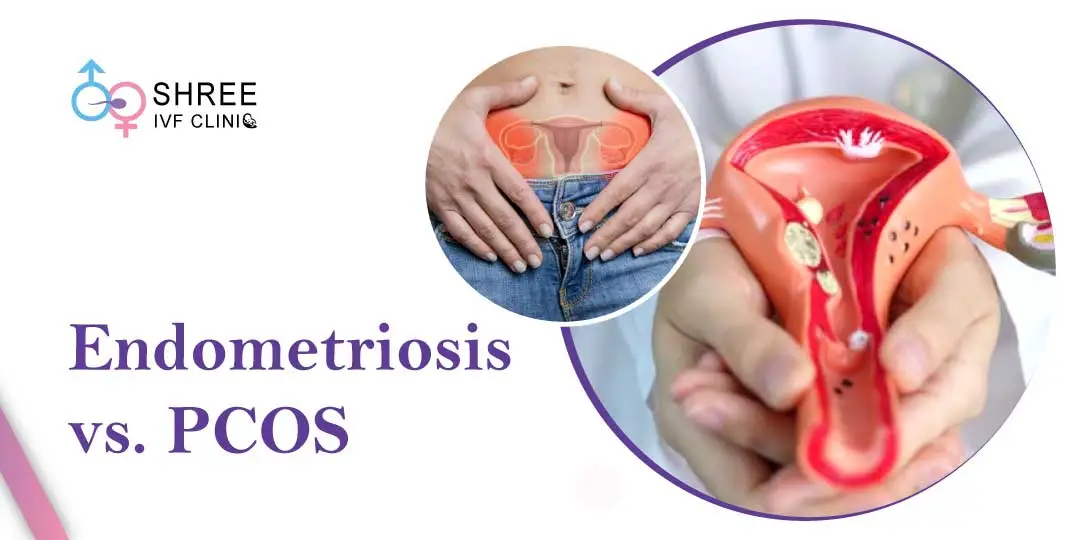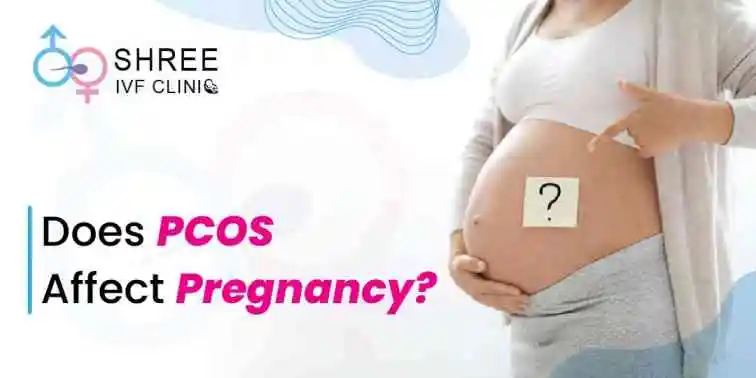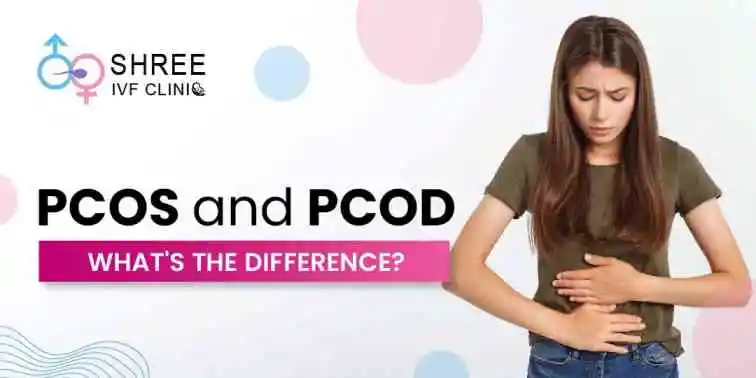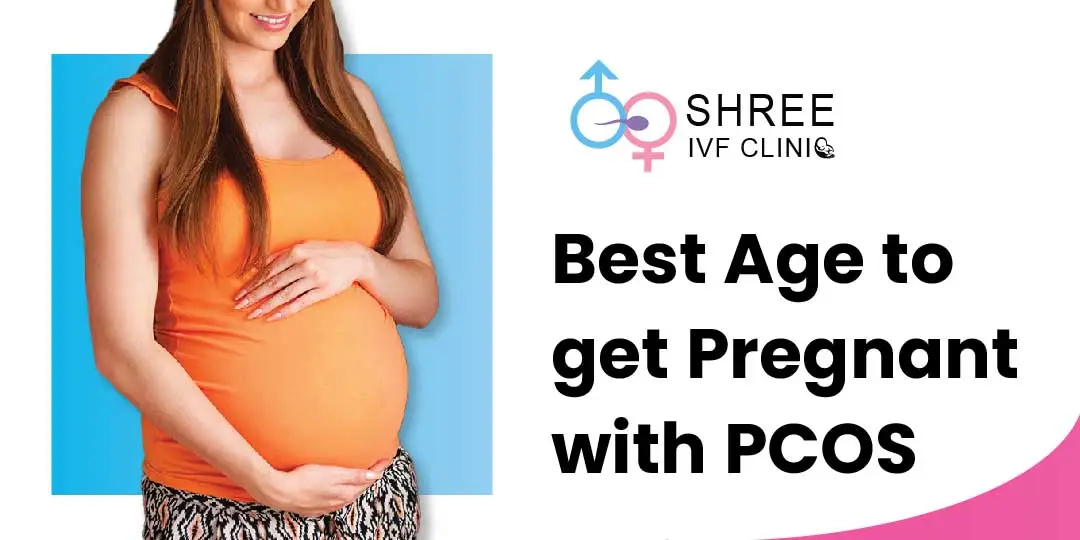PCOS vs. Endometriosis: Understanding the Symptoms and Differences
UPDATED ON 10 FEB. 2025

AUTHOR
Dr Jay Mehta
CONDITION
GET IN TOUCH ON
Imagine your body is like a very fancy house. Inside this house, there are different rooms, and each room has its own job. For women, there’s a special room called the “reproductive room,” and it’s managed by two main helpers: the ovaries and the uterus. Now, sometimes, things in this room don’t work the way they’re supposed to, and that’s where PCOS and endometriosis come into the picture.
What Is PCOS?
Key Features of PCOS:
- Hormonal Chaos: Hormones are like messengers in your body, telling organs what to do. In PCOS, there’s a lot of shouting and confusion among the hormones, especially insulin and androgens (male hormones that women also have in small amounts).
- Skipping Periods: Because the ovaries don’t release eggs regularly, periods become unpredictable or might stop altogether.
- Hairy Surprises: High levels of male hormones can lead to extra hair growth on the face or body, similar to how some boys grow beards.
- Weight Gain: Insulin resistance in PCOS can make it harder to maintain a healthy weight.
Example:
Think of your ovaries like a vending machine. Normally, you put in a coin (hormones), and out comes a snack (egg). In PCOS, the vending machine jams, and no snack comes out, leaving all the snacks piling up inside.
What Is Endometriosis?
But with endometriosis, some of this cushiony lining decides to sneak out of the nest and grow in places where it doesn’t belong, like the walls or floor of the house. It could even spread to other rooms like the kitchen (ovaries) or the living room (pelvic area). This misplaced lining causes pain and problems because it still acts like it’s in the nest — growing and shedding each month but with no way to exit the body.
Key Features of Endometriosis:
- Painful Periods: This is like having a crampy stomachache but worse, sometimes even affecting daily activities.
- Pain Outside Periods: Pain can happen during activities like using the bathroom or playing sports.
- Trouble Getting Pregnant: The misplaced lining can make it harder for a baby to settle in the nest.
- Inflammation: The misplaced lining can irritate the surrounding areas, causing swelling and scarring.
Example:
Imagine if someone planted a garden on your living room floor. It might look pretty at first, but over time, it’ll mess up your furniture, make things hard to clean, and create a lot of chaos.
How Are They Different?
1. Where the Problem Is:
- PCOS is mainly about the ovaries not working properly (the vending machine jam).
- Endometriosis is about the uterus lining growing where it shouldn’t (the garden in the living room).
2. Main symptoms:
- PCOS: Irregular periods, acne, extra hair growth, and weight gain.
- Endometriosis: Painful periods, pain during activities, and difficulty getting pregnant.
3. Hormones:
- PCOS involves a hormone imbalance with too much insulin and male hormones.
- Endometriosis doesn’t involve hormones as much but focuses on misplaced tissue and inflammation.
4. Effect on Fertility:
- PCOS can make it harder to release eggs for pregnancy.
- Endometriosis can make it harder for a fertilized egg to settle in the uterus.
Can you have both PCOS and endometriosis?
What Should You Do?
If you think you or someone you know might have PCOS or endometriosis, it’s important to visit a doctor. Consult Dr. Jay Mehta, an expert Endometriosis Excisional Specialist in India, to get clarity on your health concerns. By asking the right questions, performing necessary tests, and utilizing specialized tools such as ultrasound machines (which offer a detailed look inside your body), he can diagnose your condition and guide you toward the best treatment options

5,140+
Google Reviews
397K+
subscribers
How Are They Treated?
-
- Eating healthy and exercising.
- Medicines to regulate periods or manage insulin levels.
- Treatments for specific symptoms like acne or hair growth.
Endometriosis: The focus is on reducing pain and stopping the misplaced tissue from growing. This might involve:
-
- Pain relievers for cramps.
- Hormonal therapies to control the menstrual cycle.
- Surgery to remove the misplaced tissue if needed.
Closing Thought:
AUTHOR
Dr Jay Mehta
CONDITION
CALL US 24/7 FOR ANY HELP
GET IN TOUCH ON
Share Article on
Recommended Reading
Does Polycystic ovarian syndrome (PCOS) Affect Pregnancy?
Yes. PCOS impact on your pregnancy. Keep reading to find out how PCOS can impact your chances of getting pregnant.
PCOS and PCOD – What’s the Difference?
PCOS is caused by an imbalance of hormones whereas PCOD is caused by an overproduction of testosterone.
Best Age to Get Pregnant With PCOS
Women with PCOS still have the best chances of conceiving naturally before age 35, given that ovulation occurs regularly and neither partner has any preconditions




